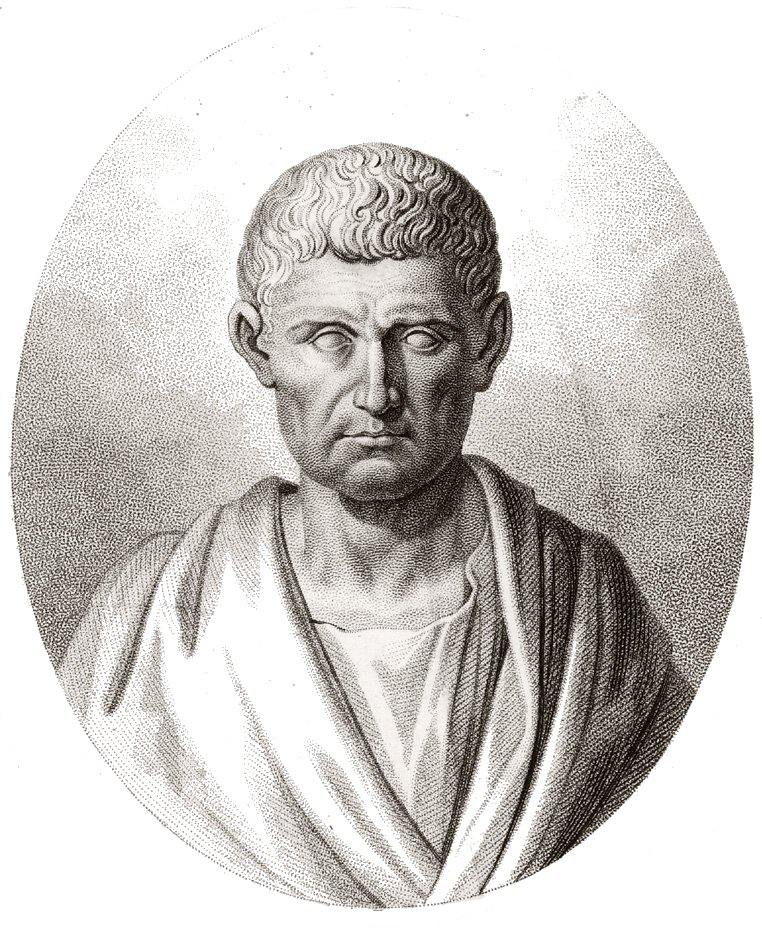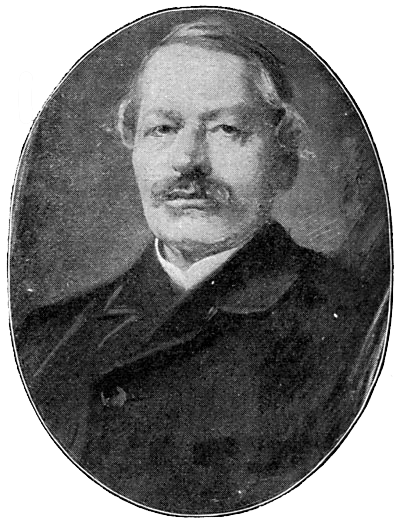Much of the past week was spent in maintenance mode – updating software because the new OS was updated last month, adding functionality to my personal writing tools, &c. But just because I didn’t physically write does not mean it’s not time spent writing. To some writers this might seem like justification for not producing pages – there’s nothing as inner-critic-calming as pretending that trip to the coffee shop staring at a blank screen with block for 4 hours was worth the 20 dollars on latte and the trips to the bathroom at 3 in the morning.
I’ve been at this for a while, and know now that there’s never a justification for $20 worth of lattes. Not even with inflation. It’s only coffee with milk, and poorly roasted bilge water at that. But I digress.
FileMaker Pro is both a bane and a blessing. I’ve been modifying my writing tool in the software – a tool I’ve carried across the creation of 3 novel-length pieces now. At some point in the fall I purchased a new word processing software by the moniker of Scrivener, which promised to combine all the functions of my database with those of MS Word (which I’ve been using since 3.0, when they should have stopped adding features). Sadly, after trying to pull together all my research and notes, and working on adapting my process to the new software, I’ve rediscovered the basic “there are no rules” rule – to each their own.
Now this may seem strange, but those experienced in creation of any art can tell you the reason for learning the rules is not so that you can break them – any fool with a high concept can do that poorly – but so that you can break the rules without making yourself look a fool. Now, what do I mean by that? Well, if you manage to make it through our school system with your sense of individuality intact (or somehow figure out how to recover it), you’ve been started down the path of rigorous criticism. That’s fine if you want to be a critic. But creators need to step outside the box to recognize when the box requires it be enlarged. After all, without the expressionists, we’d still be painting realistic works, and without the modernists, everything would still be portraiture, still life, and allegory.
To step into the realm of art (which is really for others to determine, because a creator always thinks what they’re doing is art) requires both a look from outside to determine how impactful your work will be, and time to develop perspective to recognize the work’s shortcomings. There’s no time to reflect on any of that in the middle of the process, however. The situation is a bit like Schrödinger’s Uncertainty Principle – that old physics chestnut that holds that a particle cannot be simultaneously observed for both location and speed because the very act of observance affects the outcome, more famously known for his hypothetical cat being caught somewhere in scientific purgatory. Similarly, if you’re watching yourself write, you’re not actually writing. You’re staring at your training wheels while riding into a tree. And there’s no surer way to create block than to disassemble your writing process.
Instead, I spent some time creating a table in my database for tracking the characters’ emotional plot arcs. The source material I used was a book called “The Emotion Thesaurus: A Writer’s Guide To Character Expression”, by Angela Ackerman and Becca Puglisi. (This is one of several reference works put together on the web site Writers Helping Writers. It’s a terrific place to start – the writers have put a lot of work into understanding relationships between emotions, and providing cues, signals, and motional responses to use in situ in a manuscript.) I was primarily focused on the relationship between emotions. I’ve been mapping the relationships as a visual aid, but I need something more electronic and quickly referencable. So the emotions ended up in a contextual menu that allows me to quickly see where the emotional arc leads. It’s another tool for analysis after the fact, much like Campbell’s Hero’s Journey model — not to be used for plotting, but for troubleshooting.
All the bells and whistles are in place, and it only stole a week of writing time. But, on the positive side, I’ve already begun rethinking some of my WIP’s scenes for comedic effect, so the effort wasn’t wasted. (These kind of efforts are rarely wasted. Even if it’s not adding directly to a WIP, it’s still adding tools to the writer’s toolbox.) Now my characters will have proper motivation to get themselves from one scene to the next, under their own volition. And that’s a really nice change of pace.



